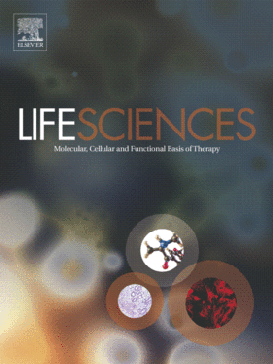
“Osteosarcoma is the most frequent primary malignant bone tumor that occurs in children and adolescents. Osteosarcoma is a bone malignancy that predominantly affects children and adolescents, and exhibits high invasion and metastasis rates.
Although adriamycin (ADM) is an effective benchmark agent for the management of osteosarcoma, it also results in harmful side-effects including toxicity and chemoresistance that substantially affect the quality of life of patients. Therefore, novel therapeutic approaches and drugs must be sought for the treatment of osteosarcoma.
Natural products which have potential antitumor activities have become a focus of attention for study in previous years. Cannabinoids, the active components naturally derived from the marijuana plant Cannabis sativa L., have been reported as potential antitumor drugs based on their ability to limit inflammation, cell proliferation and cell survival.
To date, several cannabinoids have been identified and characterized, including Δ(9)-tetrahydrocannabinol (THC), cannabidiol, cannabinol (CBN) and anandamide, as well as synthetic cannabinoids, including WIN-55,212-2, JWH-133 and (R)-methanandamide.
In the early 1970s, THC and CBN were shown to inhibit tumor growth in Lewis lung carcinoma. Subsequently, cannabinoids were found to induce apoptosis and inhibit the proliferation of various cancer cells, including those of glioma and lymphoma, and prostate, breast, skin and pancreatic cancer…
In conclusion, the present study indicated that cannabinoid WIN-55,212-2 is antiproliferative, antimetastatic and antiangiogenic against MG-63 cells in vitro, and presented evidence that cannabinoid WIN-55,212-2 may result in synergistic antitumor action in combination with ADM against osteosarcoma.
These findings may offer a novel strategy for the treatment of osteosarcoma.”
http://www.ncbi.nlm.nih.gov/pmc/articles/PMC4580018/



